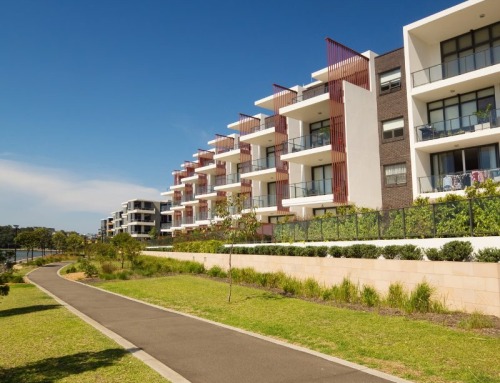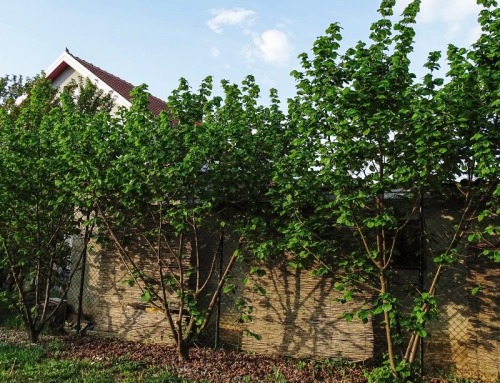A dividing fence dispute typically arises when neighbours disagree about the placement, construction or maintenance of a shared fence.
What constitutes a dividing fence?
In New South Wales, a dividing fence is defined as “a fence separating the land of adjoining owners, whether on the common boundary of adjoining lands or on a line other than the common boundary” The fence could be made out of wood, metal, brick, a ditch, embankment or vegetation. However, it does not include a retaining wall except if the retaining wall is needed to structurally support the fence.
Who should pay?
For the construction, repairs and replacement of dividing fences typically both you and your neighbour must equally share in the cost.
However, in some cases the costs may not be shared equally where one neighbour would like a greater standard of fence or if the fence was damaged by one of the parties.
What type/design of fence is to be used?
When constructing a new fence or replacing an old one, the type of fence will be determined by what you and your neighbour agree to, what council policies and regulations apply, any existing limits to your land or what will be sufficient enough to constitute a fence.
Where should the fence be placed?
Typically, a dividing fence is placed on common the boundary line between the adjoining properties, however the exact placement will be dependent on the feasibility for individual cases. For example, the fence might not be placed on the boundary if the boundary line is not clear.
What happens if you and your neighbour cannot agree?
If neither party can agree on the type or location of a boundary fence, the first step is to have a mediation to try to come to an agreement. If that does not work, either owner can ask the NSW Civil and Administrative Tribunal or the Local Court to make a Fencing Order.
A Fencing Order is a decision which determines:
- The material to be used in the construction of the fence; and
- How high the fence will be; and
- Where and when the fence should be erected; and
- How the costs are distributed amongst each neighbour.
What happens if a person does not comply with a Fencing Order?
If one neighbour does not comply with the Fencing Order, then the other neighbour can take steps to enforce the Order. The enforcement process will differ depending on how the Fencing Order was issued.
Fencing disputes can be quite confronting to navigate on your own. At WMD Law, we have a team of dedicated, experienced lawyers and conveyancers to assist you with any property disputes. Please do not hesitate to contact us on 9525 8688 or email wmd@wmdlaw.com.au.






![Construction Law Update – The decision of Pafburn Pty Limited v The Owners – Strata Plan No 84674 [2024] HCA 49](https://wmdlaw.com.au/wp-content/uploads/2025/05/Construction-500x383.jpg)